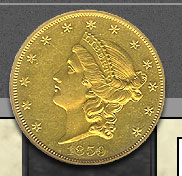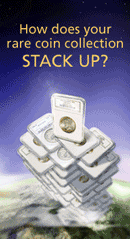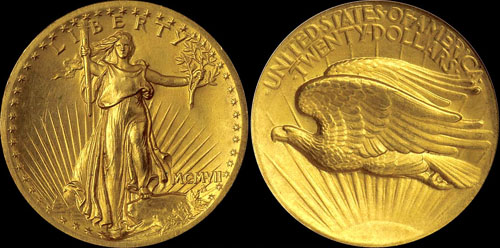 |
|||||||||||||
|
|||||||||||||
 |
|||||||||||||||||||||||||||||||||||||||||||||||||||||||||||
|
|||||||||||||||||||||||||||||||||||||||||||||||||||||||||||
Proof High Reliefs - Proof Saint Gaudens - Proof High Relief St. Gaudens Proof High Reliefs: US Rare Coin Investments provides you with an extensive and in-depth information on Proof High Relief St. Gaudens. Buy Sale Trade High Reliefs, Saint Gaudens Double Eagles.
|
|||||||||||||||||||||||||||||||||||||||||||||||||||||||||||




